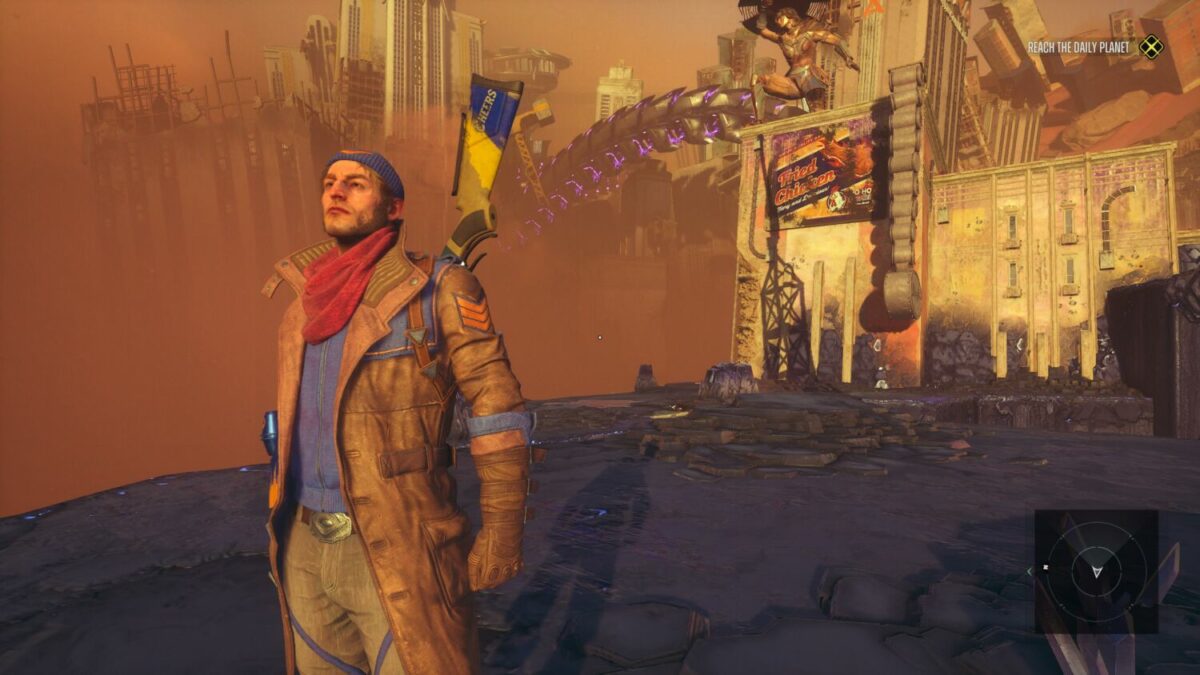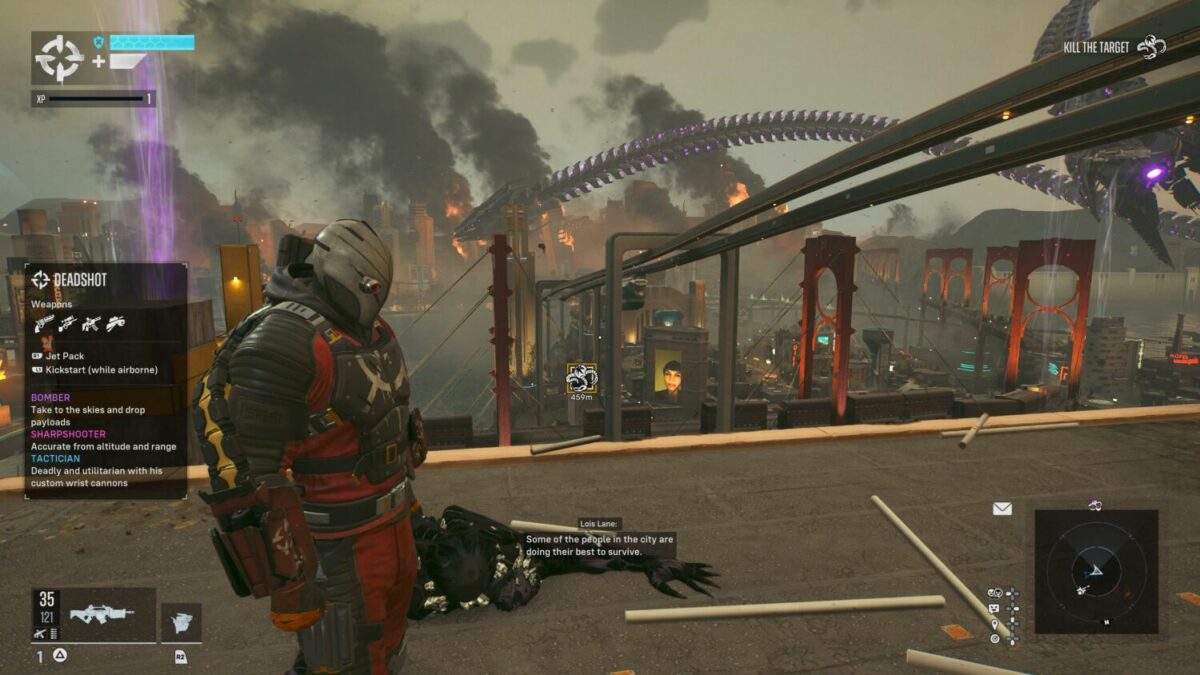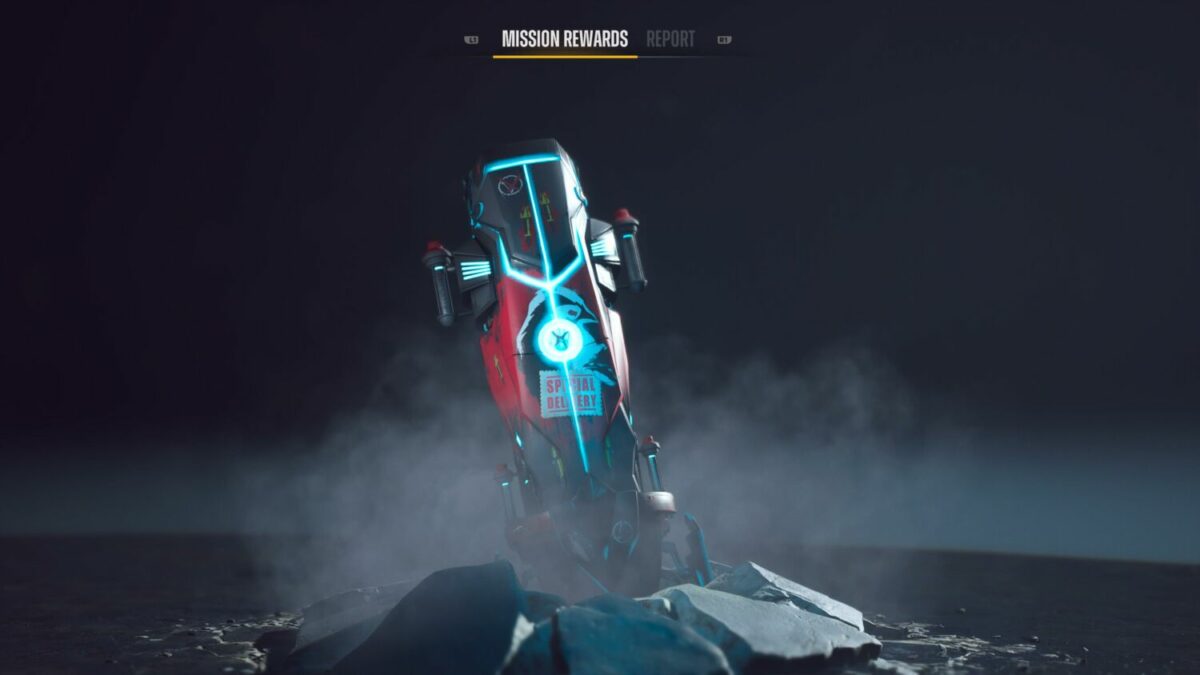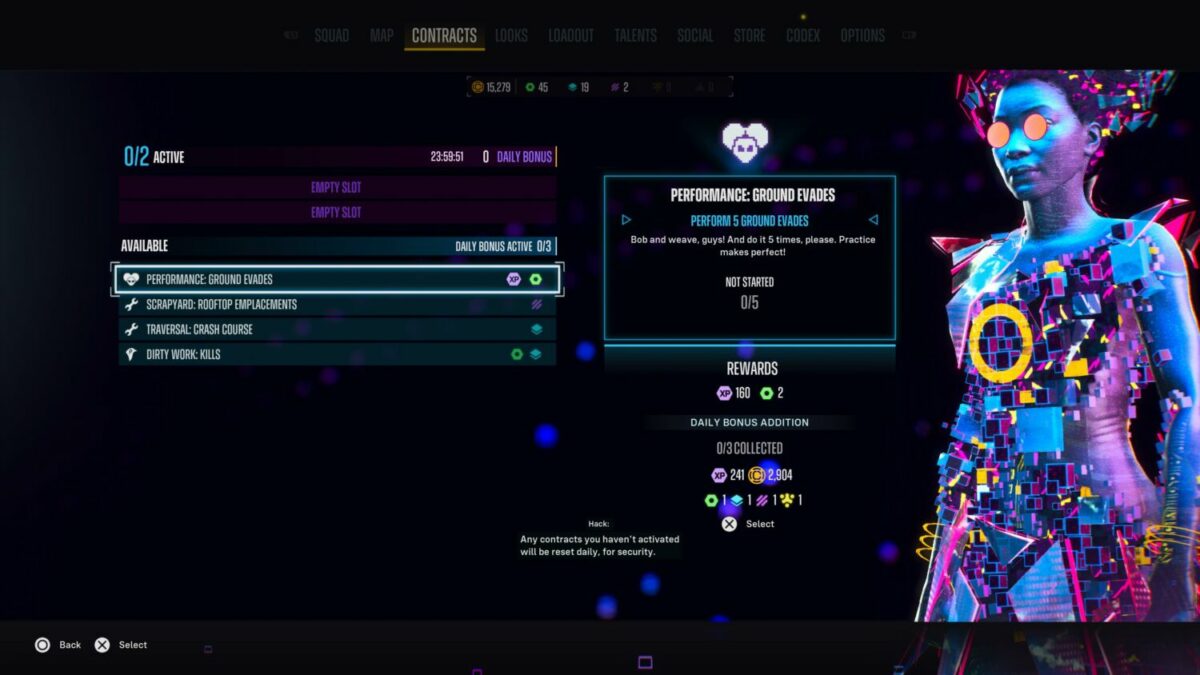Ambition was the standard that defined game developer Rocksteady Games, the proud studio behind the Batman: Arkham video game franchise that set the gold standard for games based on comic book characters. Since the trilogy made its debut, fans have wondered what the team could do outside of The Dark Knight, and we finally have the answer, though it might not be the one we’re looking for.

While the Batman: Arkham series brought the studio nothing but commercial and critical success, with great praise directed towards its compelling narratives, voice acting, graphics, and gameplay, the same cannot be said for Suicide Squad: Kill the Justice League. Almost a decade since the studio’s last release, this focus on the bad guys takes several large steps backward.
Labeled as a live-service, open-world, superhero, story-driven, looter-shooter, it’s easy to see how Rocksteady might’ve bit off more than it could chew. Despite having an all-star roster of DC Comics heroes and villains at its disposal, the game spends too much time ticking off all of its descriptors, opting for breadth instead of depth, and ends up flying too close to the sun.
Suicide Squad: Kill the Justice League puts up to four players in the boots of DC Comics’ iconic villains Harley Quinn, Deadshot, King Shark, and Captain Boomerang. Put in between a rock and a hard place (death) by A.R.G.U.S. ‘s ruthless and guile head Amanda Waller, players are sent to a ravaged Metropolis, to put a stop to traditional Superman villain Brainiac’s aspirations of world domination. It also doesn’t take a brainiac to figure this next part out – he’s managed to brainwash the Justice League, and the Suicide Squad has been called in as mercenaries to put an end to the once-beloved heroes by any means necessary.


Right off the bat, Rocksteady isn’t shy in showing off their visual prowess. Detailed cutscenes and close-ups make the main four appear as life-like as the wax figurines you’d see at Madame Tussauds. But sharper than the visuals is the voice casting that brilliantly matches the tone of the Suicide Squad from the comic books, as the four play off one another with aggressive sarcasm, slapstick, and banter. The cast does an excellent job in bringing these anti-heroes from script to life, with particular praise going towards Tara Strong teetering between humour and insanity with her portrayal of Harley Quinn, and Joe Seanoa (Samoa Joe) who shines delivering King Shark’s one-liners as dryly as possible. Admittedly, the scripted jokes can be hit or miss as humour is extremely subjective, but one can still applaud the effort and shots made by your favourite anti-heroes, which in turn, fuels and builds on the characters’ in-game chemistry.
Unfortunately, Rocksteady should’ve done more with the roster at their disposal. With life and personality oozing out of the Suicide Squad, you’d expect the same (if not better) from the good guys gone heel. Instead, killing the Justice League happens very unceremoniously, rather than the epic saga it could’ve been. What’s more laughable is that events happen in a flash as the main story concludes with a mere 10 hours of gameplay, which makes the titular task at hand rather quick and extremely forgettable. Even with the short story, you’ll spend half of it feeling like you’re still in the tutorial, as the game is slow to introduce you to new features and buzzwords like Afflictions, Contracts, and Customisations. This might be justifiable given that Rocksteady is branding this game as a live-service looter-shooter, but there isn’t much to play for after your first run-through either.

With backstories and lores of the Justice League already in abundance, you’d think that with the tables turned, this game serves as the perfect avenue for these fabled superheroes to finally reveal and manifest their inner demons. Yet, except for The Flash and Wonder Woman showing sparks of intrigue during the story, the Justice League is portrayed as one-dimensional, cliched, and robotic, including Batman. Despite cool easter eggs like noticing a silhouette spying on you at the corner of your eye, Batman’s handling is particularly upsetting given Rocksteady’s strong history with the caped crusader. Even with the signature performance of the late, great, Kevin Conroy, this version trades decades’ worth of characterisation and plot for a villain that has been completely brainwashed by Brainiac, and relegated as the deliverer of poor exposition, before being rag-dolled like a sack of potatoes.
A big factor in the lacklustre gameplay is that this open world, filled with similar mission types and enemies, is devoid of variety and personality.


Instead of a Mirror’s Edge situation of parkour and running, the Suicide Squad’s traversal systems are greatly enhanced by gear that they’ve stolen from the Hall of Justice, with the exception of King Shark who can use his otherworldly powers to vault and leap across unthinkable distances. But even with skill tree buffs and experience, moving across Metropolis, regardless of which character you choose, never feels smooth. You’re often looking for the next point (or roof) to land on, before spamming the controls to get you up in the air again. Considering you spend most of the time in-game zipping from point A to B on the map, it makes moving around feel like a chore.
Even after getting to grips with the movement, you’d inevitably spend most of the time finding the next point (or roof) instead of focusing on the detail of a dilapidated Metropolis. When you finally break your momentum even after hours of practice, there isn’t much impetus for you to stop and dive deeper into the sights and scenes the game has to offer. Whatever made Arkham Asylum or Gotham City unique from the earlier games hasn’t been well replicated here as Metropolis feels woefully incomplete – doors can’t be opened, random side quests can’t be organically triggered, and back alleyways don’t reveal anything new or exciting. Metropolis feels like one of those fake North Korean border towns, with buildings only serving as platforms for players to launch off of, missing the chance of flexing its interesting interiors.

Adding to the monotony, you’d soon find yourself in an endless cycle of “cutscene, rooftop hopping, reward screen, repeat” after just the first couple of hours. Mission types and modes are very limited, and a vast majority of missions involve you taking out Brainiac’s purple minions atop tall buildings, protecting some form of machinery or hardware. It soon delves into a case of whack a mole, as you eliminate a group of baddies atop a skyscraper, only for another similar group to spawn next door. You can only hope that new mission types are added in the future, because basic objectives like defending an area, clearing out a set number of aliens, or escorting a truck get tiresome very quickly.
Limited mission variety can be overlooked if gunplay and enemies are exciting, but the game falls short once again in this department. Even though each of the four main characters has some form of signature move or traversal attack, you’ll spend most of the time unloading shells into your purple foe. Occasionally, things like a tactical reload and counter prompts do well in sprucing up the combat, but the sheer amount of enemies you have to deal with in missions often results in you just spraying and praying – devolving into action sequences that feel like an updated run-and-gun version of Dynasty Warriors’ brainless hack-and-slash.
Perhaps the biggest flaw in Suicide Squad: Kill the Justice League is the visual clutter. With four characters unloading magazines in all directions, and bad guys spawning left right centre, there is an unholy mess of stuff on the screen most of the time. Even with options to turn off several pieces of the HUD, it’s impossible to keep track of what’s going on at any given time, actively hurting the combat as you frequently miss key counters or shield harvesting opportunities.

All this cacophony is enhanced with the enemies that you have to deal with. Some dart across your screen, some only get affected by critical strikes, and some need to be slapped in the face by a melee attack. Even though there is some variety in the melee attacks the foursome can dish out, Rocksteady missed on another opportunity to expand on each individual’s unique combat mechanics. You spend 95% of the time empty gun cartridges into seas of purple, blue, and red instead, alongside the incessant voice of Green Lantern or Batman flooding the intercom with useless comments that you barely even have the capacity to pick up on. or remember.
This theme continues into most of the headline encounters, the first of which is a strange and underwhelming battle against a stationary purple cannon – a bizarre choice considering that they could’ve chosen any character in the DC Universe instead. Even when you do finally come up against the Justice League themselves, the solution is more of the uninspiring same: more bullets until they eventually fall over.



But like any live-service game in this day and age, it’s the loot that matters, and the grind can get quite addictive as you chase rarer and stronger firearms. If you’re the type that loves to tinker with tools, group bonuses, and afflictions, there is a possibility that unique and devastating combos can be crafted but unlike Borderlands where there are loot crates in unique hard-to-reach locations which incentivise players to explore their surroundings, the rare loot can only be acquired through completing the same missions over and over again – and the sheer thought of putting oneself through this ordeal might just make you want to grab one of Deadshot’s guns and put a bullet in your head.

And as you take on the heroes and fight the alien, one question remains – who decided that Suicide Squad: Kill the Justice League would make a great live-service game in the first place? The unsatisfying and oddly-paced story does allude to what players will be doing in years, if not mere months to come, but a shaky foundation of gun-first gameplay, wonky traversal, and visual and aural chaos, doesn’t bode well for future seasons. Ultimately, it seems like the play for publisher Warner Bros. Games was to drip-feed cosmetics to its store to get that micro-transaction money from the community, rather than focusing on the gameplay in the first place. It might be fun for players who want to chase the next best thing, but it’s not a good look for Rocksteady, a studio with a strong appetite for narrative-driven single-player adventures.
Now please Waller – can we send the Squad to kill the publisher instead?
GEEK REVIEW SCORE
Summary
Suicide Squad: Kill the Justice League falls way short of reinventing the superhero game genre, feeding more into the live service pitfalls and troupes. Its stunning visuals, voice-acting, and soundscape ends up being overshadowed by repetitive missions, insane amounts of visual and audio clutter, and a Metropolis void of any personality or substance. The game is playable, but it’s a far cry of what Rocksteady is truly capable of. One can only hope the studio brings more kinks and turns to the game in seasons to come.
Overall
6/10-
Gameplay - 5.5/10
5.5/10
-
Presentation - 8/10
8/10
-
Value - 5/10
5/10
-
Geek Satisfaction - 5.6/10
5.6/10
Everything changed when his parents bought him a PlayStation 2 for Christmas. Since then, he’s been hooked on all things esports, video games, and music. If he’s not livestreaming his shenanigans, he’s probably out taking mirror-selfies with his friends, vigorously debating over the Internet’s Meme of the Year.













